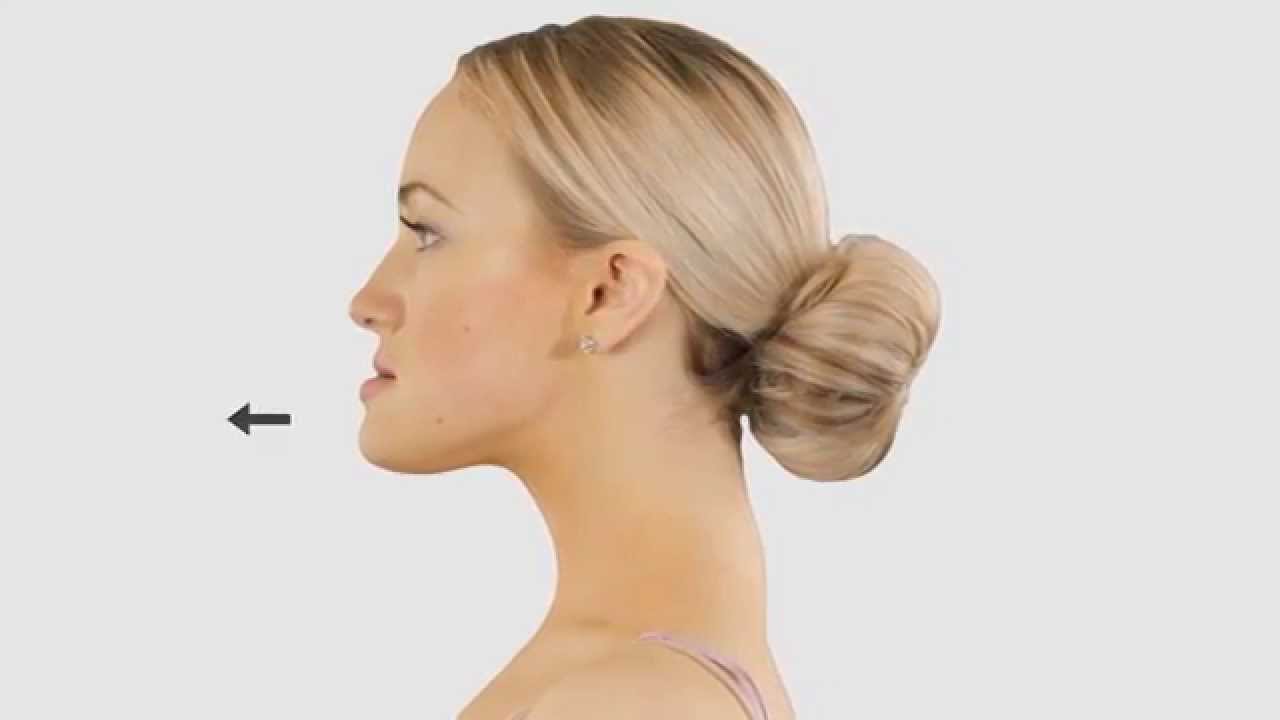Program Overview
While the exact relationship between ear fullness, tinnitus, and TMD is not fully understood, several compelling hypotheses suggesting how they may be connected. In this program, we will focus on stretching the sternocleidomastoid (SCM) muscles, which are often overworked in TMD patients and may contribute to these symptoms. Additionally, we will use targeted massage techniques on specific trigger points, as this type of self-massage therapy may help relieve muscle tension associated with TMD. At the end of the program, we will perform a neuromuscular dentistry jaw protrusion test to assess whether your temporomandibular joint may be retruded, potentially leading to joint compression and added pressure.
This program alone may not fully resolve your ear issues and is best used as part of a comprehensive treatment plan. However, it may offer immediate relief, and some individuals have reported lasting improvements. Additionally, this program can serve as a helpful diagnostic tool, helping you to better understand which factors may be contributing to your ear-related symptoms.
Exercises
-
Warm Up
Look Up then Down (30 Seconds)
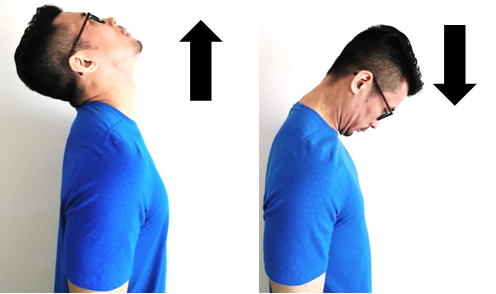
Look Left then Right (30 Seconds)
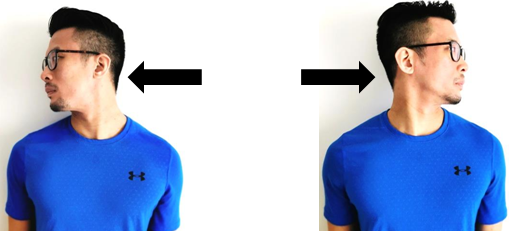
Side-to-Side (30 Seconds)
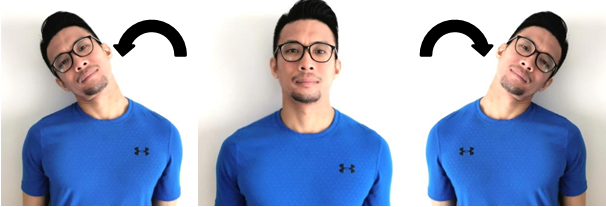
Full Rotations Clock-Wise and Counter-Clock-Wise (30 Seconds Each)
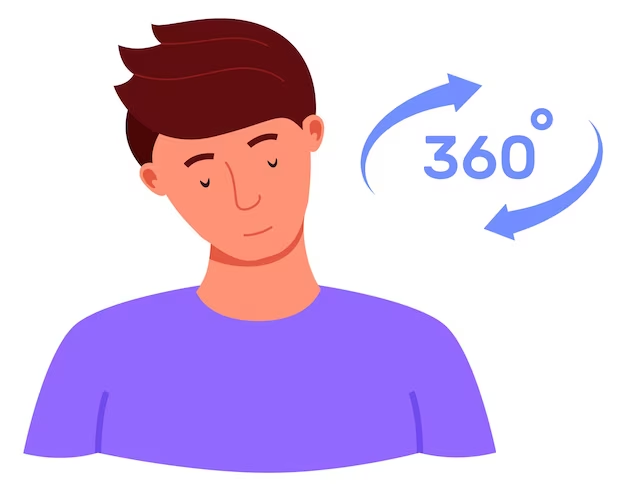
-
Massage above the TMJ in a Circular Motion with your Index Finger (30-45 seconds)
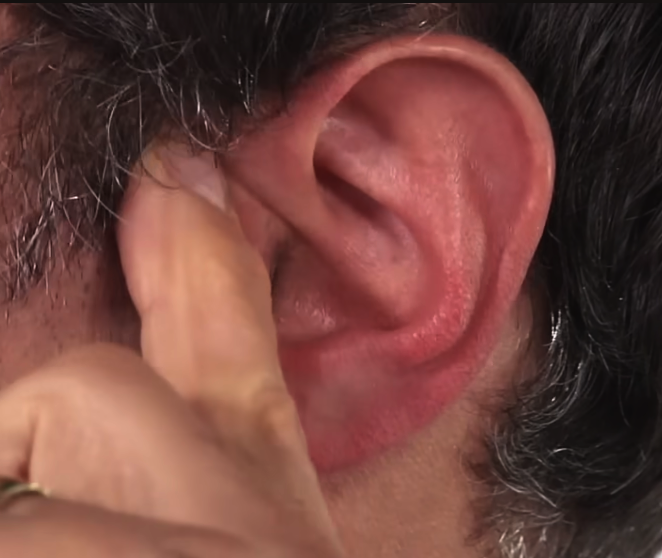
-
Massage the Follow Pressure Points, You Can Use 2-3 Fingers to Increase Pressing Power (30 - 45 Seconds)
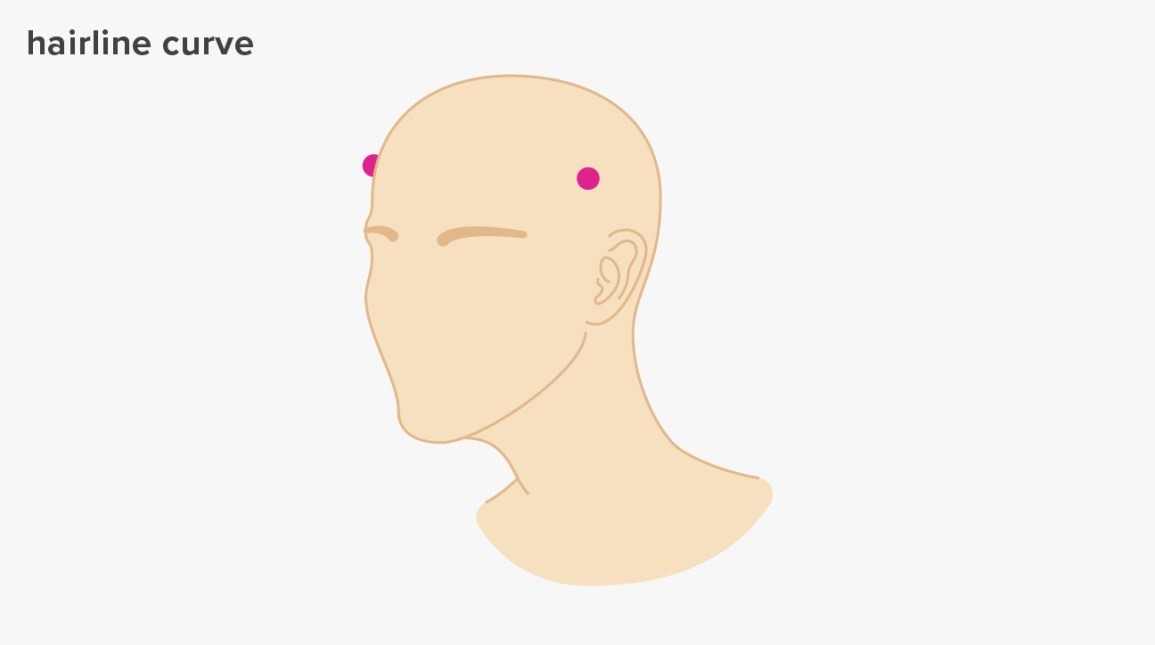
-
Gentle Ear Pulls (10-12 Reps)
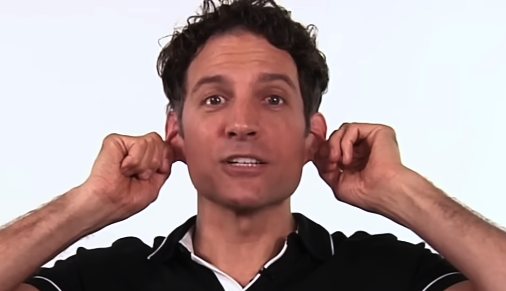
-
SCM Stretch (30 seconds, 2 Sets)

-
Seated Levator Scapulae Stretch (30 seconds, 2 Sets)
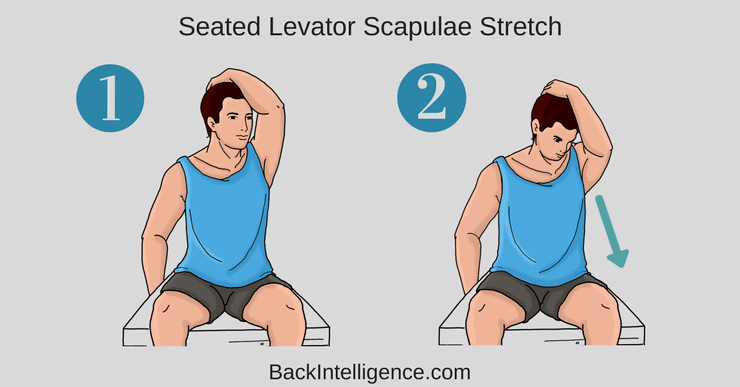
-
Side-to-Side Stretching (ONLY PERFORM IF YOU ARE COMFORTABLE WITH THIS MOVEMENT! 10 reps)
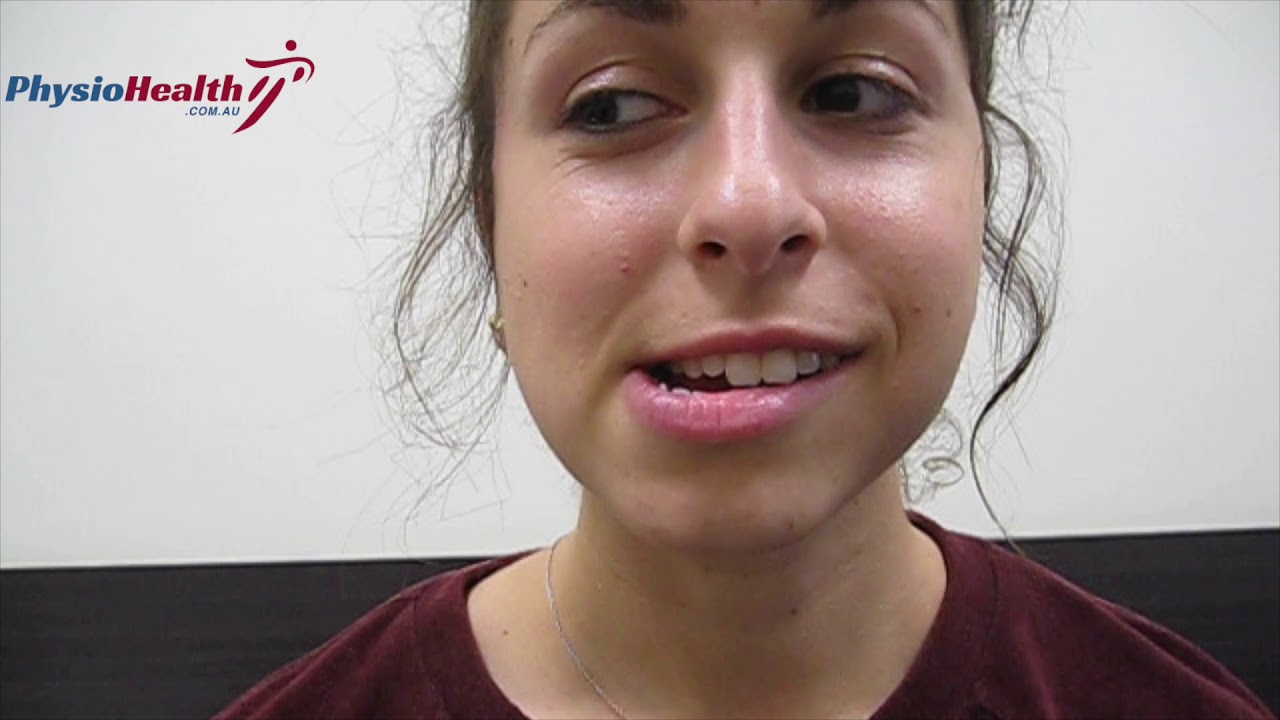
-
Jaw Protrusion Test
Some Neuromuscular Dentistry practitioners propose that TMD symptoms may be due to excessive pressure within the temporomandibular joint (TMJ). To explore this, you can try a simple test: gently move your lower jaw forward (jaw protrusion) and hold for 6 seconds. If this position provides any relief, particularly in symptoms like ear discomfort, it may be worth consulting an orthodontist or a Neuromuscular Dentist with experience in repositioning splints for further evaluation.
NOTE: This approach remains a topic of debate, and there is currently limited scientific evidence supporting its effectiveness.
